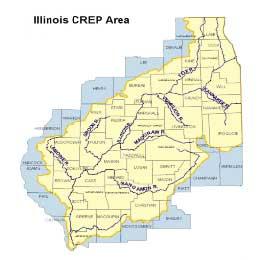
Sierra Club is proud to be a founding partner in the Fox River Study Group. While we can all be proud of the improvements made in Fox River water quality over the last three decades, we also must be aware that this progress is jeopardized by the rapid development taking place in its watershed. The results of the Fox River Study will give us excellent information about the current state of the river, and about its future. The study should also help build support for the steps we will all need to take to protect the Fox River from pollution and continue its cleanup.
The Study began in the wake of monitoring data collected by the Sierra Club, Valley of the Fox Group's Water Sentinel volunteers that showed that the Fox was carrying unhealthy levels of phosphorus. There were legal battles over proposed expansion of sewage plants (without controls for phosphorus pollution). Illinois EPA brought Sierra Club and the dischargers together to our common interests - clean water and sound science.
We applaud the wastewater agencies and communities along the Fox River for the financial support, technical expertise, and staff support they are contributing to this effort. They are largely responsible for the improvements made so far in the Fox River, and we are confident that they will be also be able to take whatever steps the study recommends to finish the job. They stand between the river we love and much of the pollution that threatens it, and we all need to make sure they have the resources and support they need to do that critical job.
This study would not be possible without the support of the Illinois EPA. From the beginning, they have provided critical technical and financial support for the study. Under Governor Blagojevich, IEPA also is taking major steps to better protect rivers in fast-growing regions like this one, including moving toward phosphorus controls on wastewater plants, and improving the process for approving new sewer line extensions to better protect water quality. We also appreciate the efforts of House Speaker Dennis Hastert to secure federal funding for the effort, and the contributions of public and private entities throughout the watershed.
There was a nice ceremony in Aurora Wednesday to thank all those who have helped with the study so far. But the one person who perhaps has done the most did not get an award - Dr. Cynthia Skrukrud, who chairs the study and is Sierra Club's Clean Water Advocate in Illinois. She has worked tirelessly in recent years to help design, fund, and implement the study. 11% of Illinois' population now live in the Fox River watershed, and growth continues. They all owe a debt to Cynthia her partners in the Fox River Study Group.

